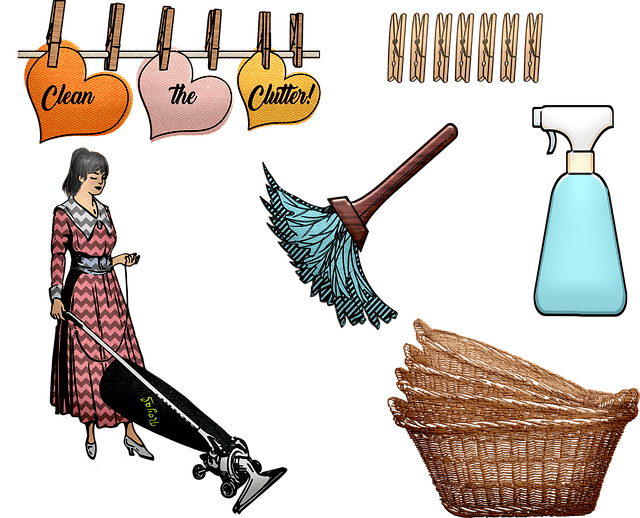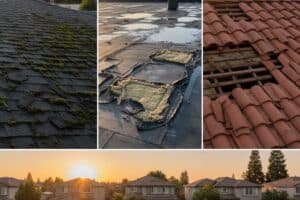Dusting can be one of the most tedious household chores. But, the reality is that there’s no way to keep dust away for good. Dust particles are constantly coming into your home and floating through the air. These particles often include allergens which may affect the health of you or your family. If you stay on top of it and have effective tools, dusting does not have to be a difficult task.

Having the right tools and the right strategy can make dusting your home a breeze. Follow these Dusting a Home Tips and Tricks to see just how easy it can be.
Start With the Right Tools
If dusting your home is taking longer than it should, its likely because you are not using the right tools. To prevent buildup, it’s important that your tools are able to easily remove all dust particles with one swipe.
- Microfiber Cloths
There is a reason microfiber cloths are one of the most popular dusting tools: they work. Don’t waste your time with normal dust rags or old towels. With a microfiber cloth, you’ll only have to wipe a spot once to pick up all the dust particles. This makes them the perfect tool for dusting almost any surface including tables, lamps, frames, and small objects.
To make your microfiber cloth even more effective, lightly spray the cloth with a multi surface cleaner or a mixture of half water and half white vinegar. This will help leave the surface clean of particles and shining. You can also clean first with a dry cloth and follow behind with a multi surface cleaner.
- Feather Dusters
If you prefer a duster to a cloth, the best choice is a duster made with high quality feathers. Ostrich feathers are the most effective at picking up dust. Investing in a higher quality tool will save you time and make the dusting process less tedious. Extendable handles also help when cleaning hard to reach areas.
- Vacuums
A strong vacuum with a variety of attachments can help clean dust out of hard to reach places. A vacuum will also help to clean any dust that has fallen onto the floor after you have finished dusting a room.
Work in the Right Order
Because dust will fall as you clean, it’s important to work from the top down in the room you are dusting. This will ensure you won’t have to go back over the same surface multiple times.
1. Ceiling Fans
The tops of ceiling fans are often hard to reach and can be easily forgotten as they are not at eye level. The best tip to dust fans is to use a large towel or pillow case to ensure you clean off all sides of the blade and prevent dust from floating down to the floor.
2. Vents
Keeping your air vents clean is key to preventing the spread of dust particles around your home. In addition to dusting your air vents, be sure your air filters are changed out regularly. Vaccum attachments can be a great tool for sucking dust off of air vents.
3. Blinds
As with the whole room, be sure you dust window blinds from top to bottom. A simple microfiber cloth or feather duster run horizontally across closed blinds is often sufficient to remove dust easily.
4.Cabinets
When dusting cabinets or shelving, be sure to remove any objects so you can wipe down the entire surface. This will prevent excess dust from building up out of sight. Wipe small objects with a microfiber cloth before returning them to the shelf.
5.Screens
Your average dusting cloths are not usually as effective on television and computer screens. The secret is to use a dryer sheet. These help reduce static electricity and not only remove dust but also prevent dust buildup. Additionally, vacuum around cords and devices to keep devices from getting clogged and overheated.
6.Baseboards
To keep from dusting your baseboards on your hands and knees, consider attaching a microfiber cloth to the end of a broom to make the process easier. A clean, dry mop can also dust baseboards effectively.
7.Flooring
The final stop for the dusting process is your flooring. Simply vacuum up any dust that has fallen on the floor to leave the whole room dust free and ready to enjoy.
8. Carpets
Carpets can trap dust, pet dander, and allergens deep within their fibers, making regular vacuuming essential—especially after dusting higher surfaces. Use a vacuum with a HEPA filter for best results, and don’t forget to occasionally deep clean or steam your carpets to remove embedded debris that regular vacuuming might miss.
Now that you’re equipped with the right tools and these dusting home tips and tricks, you’ll be able to dust more effectively than ever. The most important tip to remember is to start from the top and work your way down.











